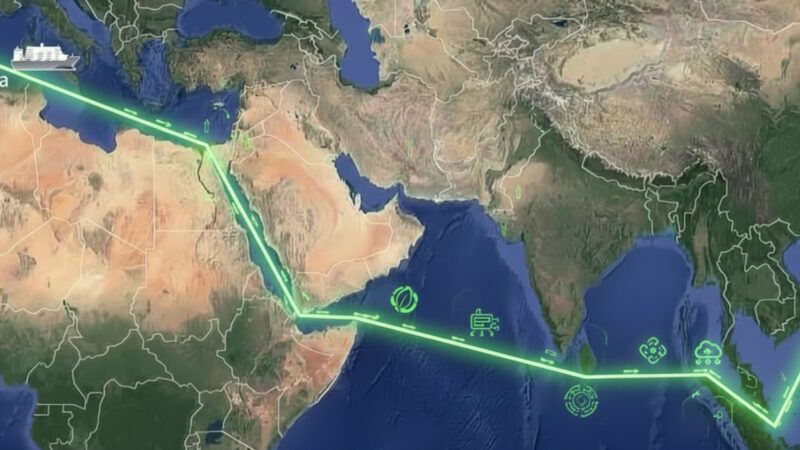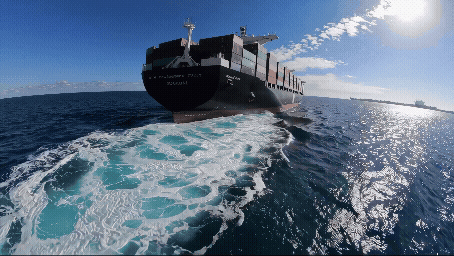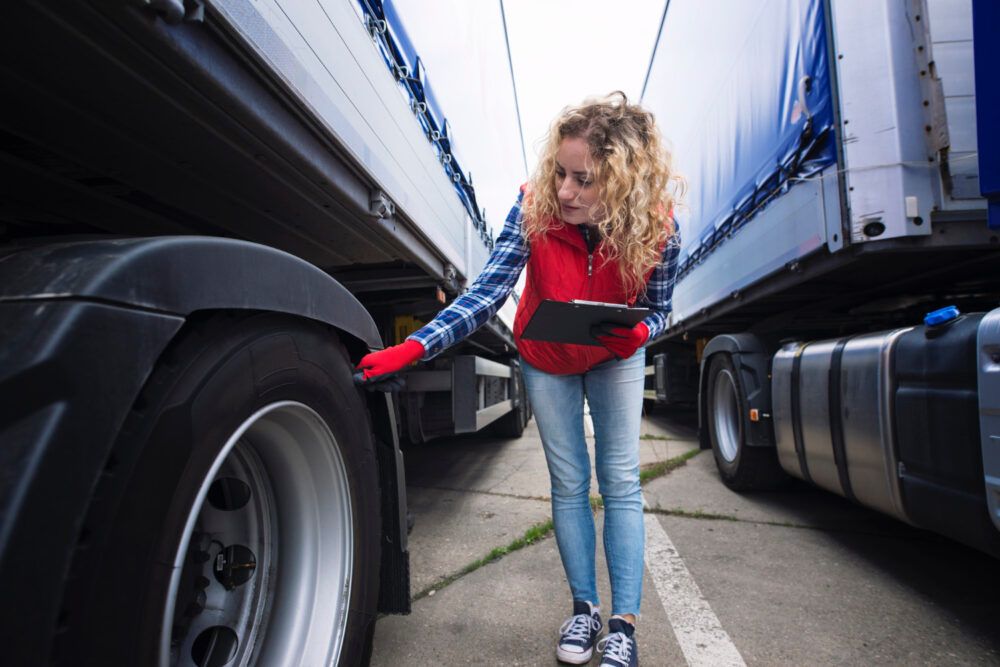
Europe tightens decarbonization targets for heavy-duty vehicles
Heavy-duty vehicles are responsible for more than 25% of greenhouse gas emissions from road transport in the EU and 6% of total emissions. This is why the European Commission has tightened the new emission reduction targets for heavy-duty transport. We explain how this affects the logistics sector, starting with vehicle manufacturers. In fact, from 2025, penalties of €4,250 per gCO2/tkm are envisaged.

The Regulation on CO₂ emission standards for heavy-duty vehicles is amended and updated to drive further CO₂ reduction from road transport and contribute to increasing the share of zero-emission vehicles in the heavy-duty vehicle fleet across the EU.
It replaces, five years later, Regulation (EU) 2019/1242, the first of its kind, and which set a 15% emissions reduction target for 2025 for heavy-duty trucks over 16 tons.
“On the one hand, the new regulation incorporates heavy-duty vehicles of lower mass, since from now on it includes those of 7.5 tons. It also adds new dates, 2035 and 2040, to achieve the emission reduction targets set for new and registered vehicles from 2030 onwards”, summarizes Matteo Boschian, CENIT researcher and PhD student in mobility and sustainable transport at the Port of Barcelona.
The emission reduction targets are therefore as follows:
- 45% by 2030
- 65% by 2035
- 90% by 2040
Incentivizing the market for zero-emission heavy-duty vehicles
In order to support these objectives, the amended Regulation includes an incentive mechanism for:
- Zero Emission Vehicles (ZEVs)
Heavy-duty vehicles without an internal combustion engine, or with an internal combustion engine emitting less than 3 g CO2 per ton-km or 1 g CO2 per person-km.
- Low Emission Vehicles (LEV)
Heavy vehicles with CO2 emissions less than half the reference value of their subgroup.
The previous regulation put in place a super credit system to encourage the adoption of ZLEVs by manufacturers. Valid until the end of 2024, this system can be used to meet revised targets in 2025.
The super credit system is based on considering ZEVs as more than one vehicle when calculating a manufacturer's average emissions. Thus, a vehicle with zero emissions (100% reduction compared to the average of its category) would count as 2 equivalent vehicles, while a vehicle with a 75% reduction in emissions would count as 1.5 vehicles for that manufacturer. The least polluting vehicles therefore have a greater weight in the calculation of a fleet's emissions.
Between 2025 and 2029, this system will be replaced by another based on a reference value, set at 2%, so that only manufacturers that reach this value of ZEV sales will benefit.
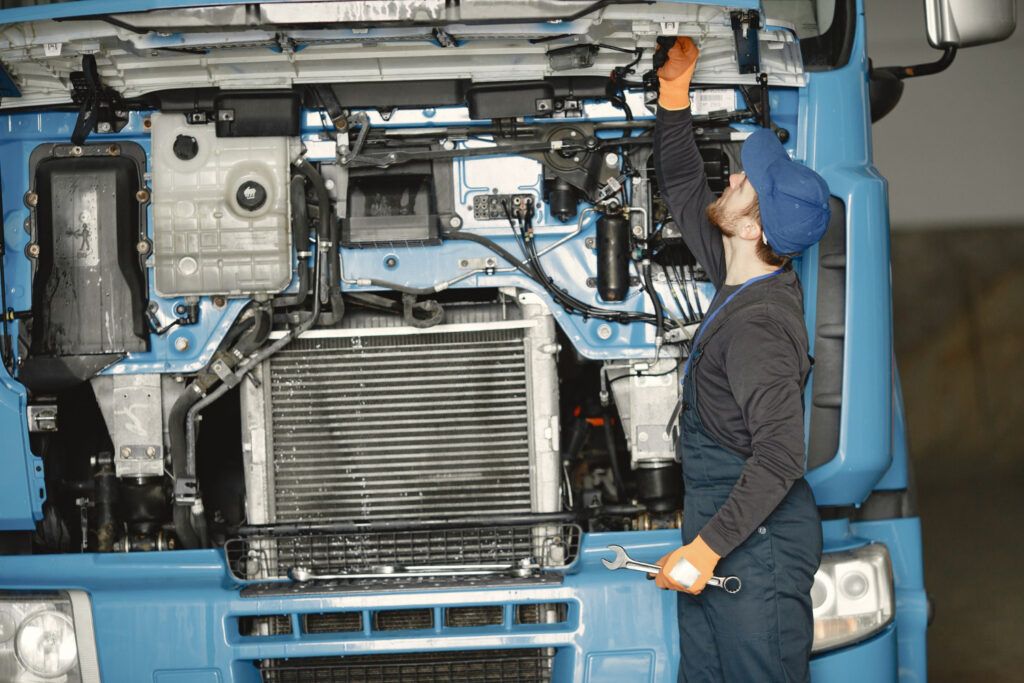
VECTO, the software for vehicle consumption measurement
To facilitate the calculation of emissions, the Commission has made available to users the tool for calculating the energy consumption of vehicles (Vehicle Energy Consumption calculation TOol - VECTO).
VECTO is a simulation software that reliably and easily determines the CO2 emissions and fuel consumption of heavy-duty vehicles. It does this as a function of load, fuel used and driving profiles used (e.g. long distance, urban distribution, etc.), based on data from the relevant vehicle components.
Manufacturers must monitor and report to the Commission the CO2 emissions and fuel consumption data determined using this tool. This information must also be made available to the public. Compliance must be demonstrated at the fleet level, not on a vehicle-by-vehicle basis.
This provides the flexibility to continue selling vehicles with a high level of CO2 emissions, as long as they can offset their emissions by selling more efficient vehicles.
Directives forcing innovations on manufacturers
This additional flexibility is made possible by allowing manufacturers to accumulate CO2 emission credits and debts over specific time periods, offsetting these over time. It is not, however, allowed to transfer these credits and debts between manufacturers.
“All these directives can force investments and innovations in the sector by manufacturers and also by users and buyers. However, the public sector has to invest in supply infrastructures, since today the vast majority of heavy-duty vehicles run on diesel. Personally, and for this reason, I believe that we are still far from achieving this transition”, reflects Boschian.
In the opinion of this CENIT researcher, manufacturers and carriers, especially those with small fleets, need Europe to define a strategy or a roadmap that will allow them to clarify which technology they should invest in without taking risks. “The technology already exists, but we need to find a way to commercialize it”, he says.

Short- and medium-term alternatives
Some pilot tests are testing the feasibility of using electric power or hydrogen in heavy land transport. Other tests revolve around the concept of truck platooning, which involves a group of trucks driving in a “connected” convoy that reduces emissions and road congestion and increases road safety.
For this expert in sustainable mobility, gas and especially biogas are the most viable short-term solutions for road transport. “Hydrogen vehicles could be an alternative for long distances and electric vehicles for short distances. However, a lot depends on the development of the supply infrastructure”, he says.
For Boschian, if these decarbonization technologies are successfully developed, they can provide real competition for the train, as it is much more convenient for the sector to have a 'door-to-door' service, especially if it complies with financial, environmental and social sustainability.
In the current development scenario, he ventures to bet on multimodality. “In the short-medium term, rail is a winning transport because it is very energy efficient. And it can solve the issue of the lack of truck drivers. European mobility strategies point to the promotion of intermodal transport, with the main objective of reducing road freight transport, which currently accounts for 75% of the European market”, he says.
For this reason, Boschian believes that there is no single alternative, but rather a combination of solutions based on different transports, new fuels and technologies that promote operational efficiency.
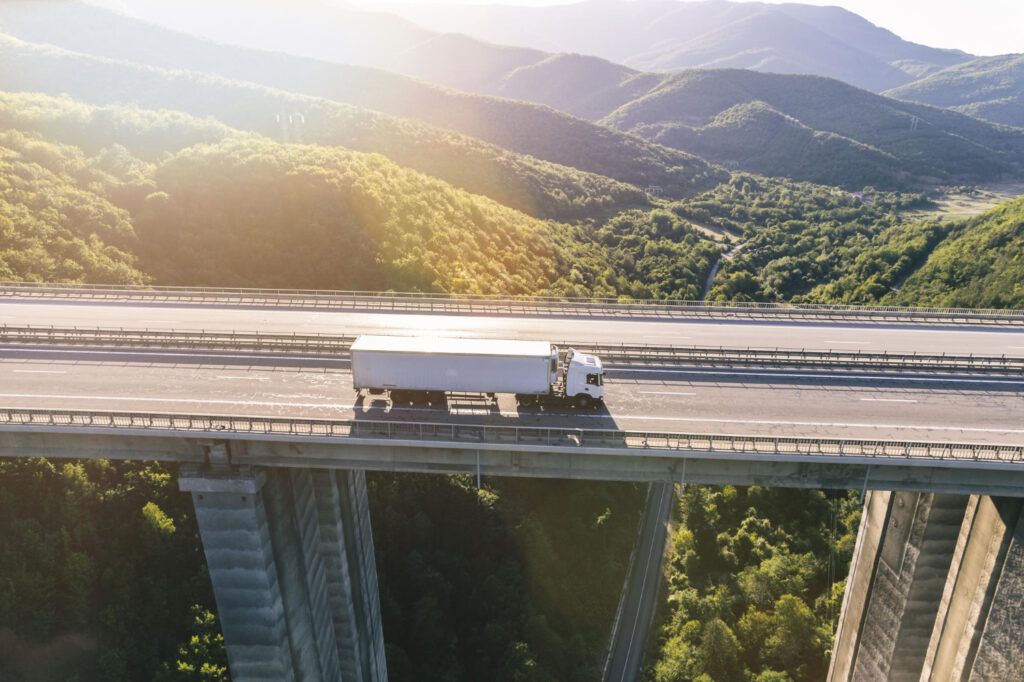
Next steps in emissions regulation
To ensure the effectiveness and compliance with the objectives revised by the Regulation, the Commission will carry out a series of actions:
- Assess the robustness and representativeness of baseline CO2 emissions as a basis for calculating EU fleet emission targets.
- Collect, publish and monitor real-world fuel consumption data reported by manufacturers.
- It will introduce in-service verification tests and require reporting of deviations, as well as establish a correction mechanism.
- Financial penalties will be applied in case of non-compliance with CO2 targets. The penalty level is set at €4,250 per gCO2/tkm, starting in 2025.
And a series of measures designed to further facilitate the implementation of the revised standards:
- Manufacturers determine the CO2 emissions and fuel consumption of both new heavy-duty motor vehicles and new trailers in accordance with Certification Regulations (EU) 2017/2400 and 2022/1362. CO2 emissions and fuel consumption are simulated using the VECTO tool developed by the Commission.
- Member States provide information to the Commission on heavy duty vehicles registered for the first time in the EU during a given reporting period.
- Manufacturers report to the Commission data on the CO2 emissions and fuel consumption of each new vehicle produced for the EU market, as required by the Certification Regulations. The European Environment Agency makes this data public on behalf of the Commission, together with other relevant technical information such as aerodynamic drag.
The Commission will review the effectiveness and effects of the amended Regulation in 2027 and will have to assess, among other things, the possibility of developing a common methodology for the assessment and reporting of CO₂ emissions during the entire life cycle of new heavy-duty vehicles.
“Since the Regulation was published in 2019, a lot has changed. Above all, there has been more focus on climate change. Europe knows where it wants to go, but the trajectory is quite uncertain", Boschian concludes.




